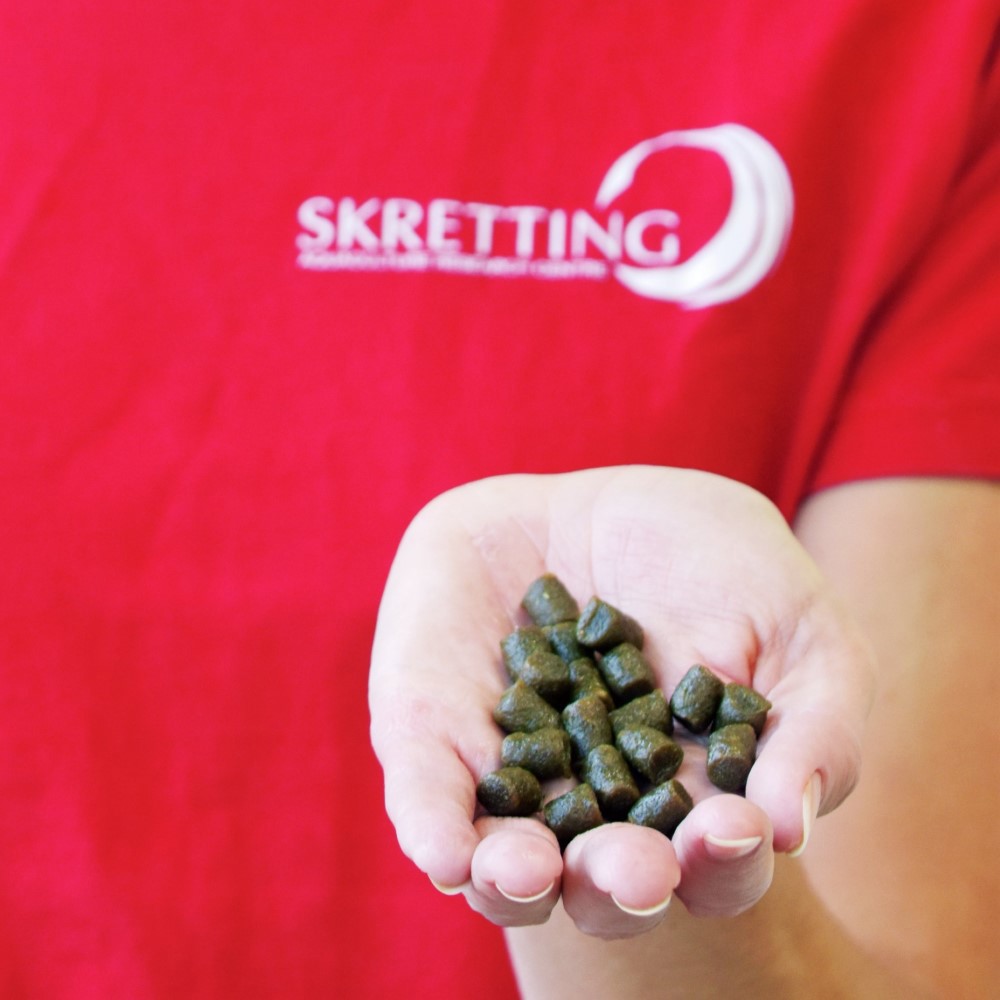
The vision that inspires us
Together with our customers, suppliers and partners, we lead innovation to ensure access to more sustainable, healthier and safer seafood for the world’s growing population.
Skretting is the global leader in providing innovative and sustainable nutritional solutions for the aquaculture industry. Skretting has production facilities in 18 countries, and its 3,483 employees manufacture and deliver high-quality feeds from hatching to harvest for more than 60 species. The head office is in Stavanger, Norway.
Skretting is the aquaculture business line of Nutreco, which is headquartered in Amersfoort, the Netherlands. Nutreco is owned by SHV Holdings, a privately-owned Dutch trading company, regarded as one of the world’s largest private trading groups. SHV is a highly diversified company, with interests in transport, retail, oil, food and financial services. It currently employs around 60,000 people and operates in 58 countries.
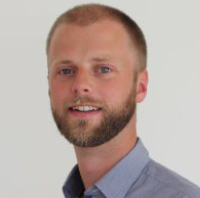 Skretting’s efforts of embedding and enforcing Ethics & Compliance (E&C) policies, as well as understanding and mitigating risk, made good progress also in 2021. In recent years we have introduced a number of new or updated policies, procedures and training modules for E&C. In 2021 our Code of Conduct was given a makeover, but other than that we did not introduce any major additions to the compliance program. As such, the compliance program in Skretting is for most OpCo’s now transitioning from an “introduction and implementation-phase” to more of a “maintenance and modification-state”.
Skretting’s efforts of embedding and enforcing Ethics & Compliance (E&C) policies, as well as understanding and mitigating risk, made good progress also in 2021. In recent years we have introduced a number of new or updated policies, procedures and training modules for E&C. In 2021 our Code of Conduct was given a makeover, but other than that we did not introduce any major additions to the compliance program. As such, the compliance program in Skretting is for most OpCo’s now transitioning from an “introduction and implementation-phase” to more of a “maintenance and modification-state”.
By the end of 2021 all OpCo’s had completed topic-specific risk assessments for Anti-Bribery and Corruption and Competition Law Compliance together with their dedicated E&C resource. The overall takeaway from these exercises has been that risks are generally well understood and mitigated to an appropriate degree. Employees and managers are aware of activities that require extra caution and know to contact E&C for advice in such cases. E&C is frequently asked to provide written advice to managers who will ultimately approve or reject requests. E&C logs any advice given in a central register and is thereby gradually building a comprehensive database that can be accessed for consistency and best practice, as well as for audit purposes.
In addition to the above-mentioned advice requests and topic-specific risk assessments, E&C (2nd line) and first line management remains closely connected through regular reporting and meetings. Every OpCo has appointed a Local Compliance Champion (LCC) from among its management team, who assists the General Manager on compliance and reporting. During 2021, E&C initiated a network for the LCC’s where they can meet and exchange experience, best practices and concerns for the benefit of local as well as global compliance efforts. The aim is to organise webinars for the LCC’s at least twice a year and for E&C to communicate with them more frequently via email bulletins etc. During 2021 we also introduced an electronic conflicts of interest disclosure process covering all employees with system access. It helped to raise awareness on this particular issue and reminded people of their duty to disclose any (potential) conflicts to next level management so proper measures can be considered.
Based on 1) the data received from periodic reports, 2) various‘soft controls’/ culture surveys, 3) regular meetings and adhoc discussions with GMs, LCCs and other employees, 4)numerous recent and thorough risk assessments, 5) the employeeengagement survey results, 6) internal audit observations, and 7) a low number of Speak Up reports; we believe that the effectiveness and management support of Nutreco’s compliance program in Skretting OpCos is satisfactory. However, we remain fully dedicated to take further improvement initiatives. For the coming year we plan to complete a repetition e-learning campaign for our Code of Conduct, and strengthen the E&C function both in terms of human resources and tooling.
Olav Kjeldstad, Ehtics & Compliance Director, Skretting
We care about the health, safety and security of our employees, contractors, visitors and the communities in which we operate. We are committed to promoting a safe working environment of continuous improvement, trust and mutual collaboration.
In 2021, we fully embraced SHV’s purpose, “Courage to Care”, and positioned health and safety more centrally in our business and our ways of working. We set up a dedicated Global Health, Safety and Environment (HSE) Centre of Expertise to lead and support this across the company, and launched many activities to promote leadership behaviour and control operational risks.
To help prevent accidents and work-related illnesses, Nutreco has developed its NuSAFE principles, a set of policies, manuals and standards, which include four elements:
We are working to ensure all four elements are in place and continuously improved across Nutreco’s operations globally. Each element is critical and linked to the others; we will ensure our sites never rely on any one element, but rather take a holistic and integrated approach to HSE risk management.
Read more details about how we address these four elements and our progress on Nutreco’s Sustainability Report.
Skretting HSE at a glance: 2021 vs 2020.
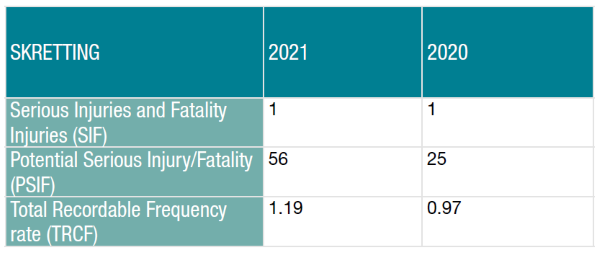
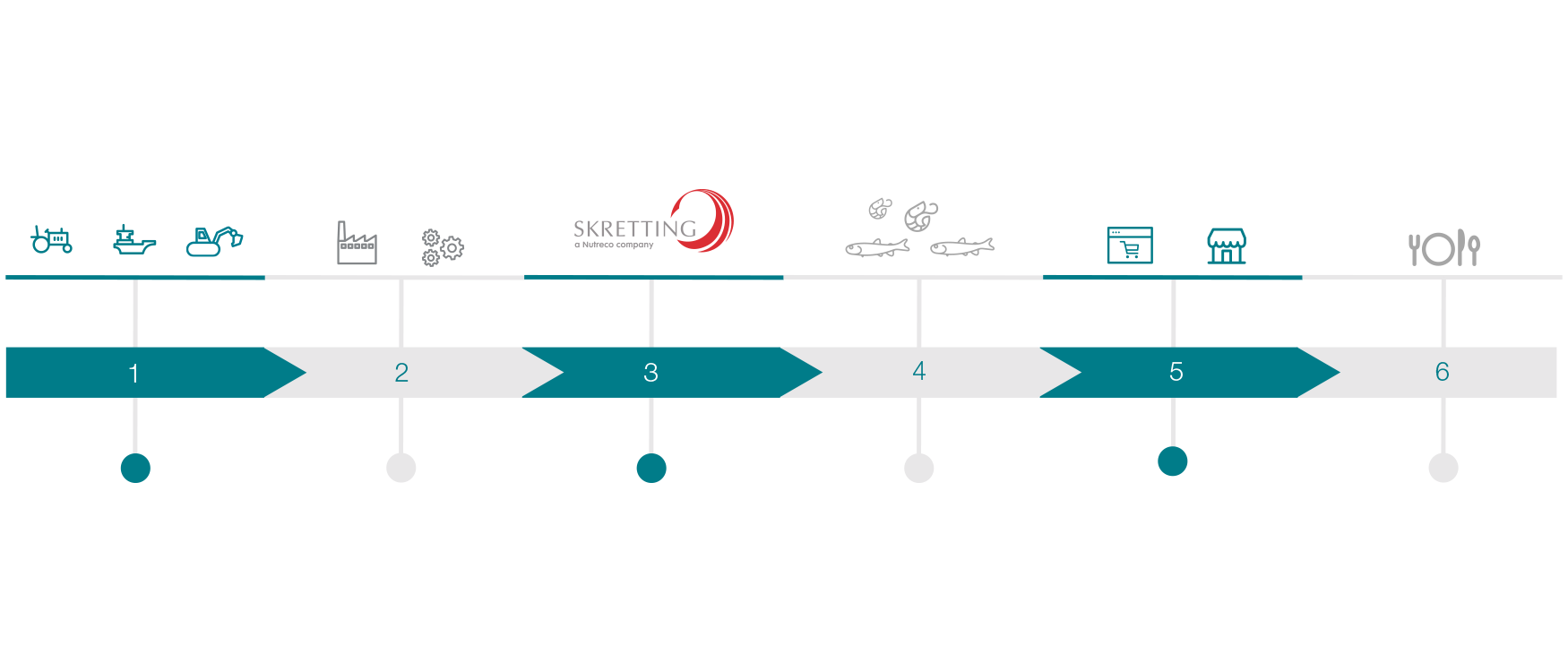
Certifications: ISO 9001, ISO 17025
Plants: Stokmarknes, Averøy and Stavanger
Feed for: Atlantic salmon, seawater trout, cod, halibut,
catfish and wrasse
Certifications: ISO 9001, ISO 14001, ISO 22000, GlobalGAP, ASC (compliant), Organic, Debio
Plants: Vervins and St Hervé
Feed for: Freshwater trout, sea bass, sea bream, turbot, salmon, catfish, tilapia, sturgeon, eel, carp and shrimp
Certifications: ISO 9001, HACCP, GlobalGAP, ASC (compliant), Organic, Label Rouge, VLOG, Naturland, FQC
Plant: Mozzecane
Feed for: Freshwater trout, sea bass, sea bream, sturgeon, eel, catfish and carp
Certifications: ISO 9001, ISO 14001, HACCP, GlobalGAP, ASC (compliant), Organic, Naturland Organic
Plants: Osorno and Pargua
Feed for: Atlantic salmon, pacific salmon, freshwater and ocean trout, tilapia, shrimp and yellowtail amberjack
Certifications: ISO 9001, ISO 14001, GlobalGAP, BAP, ASC (compliant), OHSAS 180001, ISO 45001
Plant: Cojóbar
Feed for: Freshwater trout, sea bass, sea bream, turbot, sole, meagre, eel, carp, catfish, amberjack and sturgeon
Certifications: ISO 9001, ISO 14001, ISO 2200, GlobalGAP, ASC (compliant), Halal, CIPA
Plants: Vancouver and St Andrews
Feed for: Atlantic salmon, arctic char, pacific salmon, sable fish, sturgeon, trout, halibut and tilapia
Certifications: ISO 9001, HACCP, GlobalGAP, BAP, ASC (compliant), Organic, Feed Assure
Plant: Salt Lake City
Feed for: Barramundi, char, catfish, hybrid striped bass, koi, largemouth bass, pacific salmon, sturgeon, steelhead, tilapia and trout
Certifications: ISO 9001, HACCP, GlobalGAP, BAP
Plant: Imari
Feed for: Yellowtail, red sea bream, bluefin tuna, amberjack, striped jack, sea bass, freshwater and seawater trout, coho salmon
Certifications: ISO 9001, ASC (compliant)
Plant: Zhuhai
Feed for: Whiteleg shrimp, black tiger shrimp, trout, sea bass, snakehead, golden pompano, catfish and sturgeon
Certifications: ISO 9001
Plants: Ho Chi Minh City and Long An Province
Feed for: Black tiger shrimp, whiteleg shrimp, giant freshwater prawn, red tilapia, snakehead, climbing perch, pangasius, sturgeon, Asian sea bass, grouper, cobia, clown featherback, snakeskin gourami and pompano
Certifications: ISO 9001, GlobalGAP, BAP, ASC (compliant)
Plant: under construction
Feed for: Whiteleg shrimp, sea bass, tilapia
Plant: Cambridge and Westbury
Feed for: Atlantic salmon, chinook salmon, barramundi, yellowtail kingfish, abalone, prawn, freshwater and seawater trout
Certifications: ISO 9001, ISO 14001, ISO 45001, HACCP, GlobalGAP, BAP, ASC (compliant), FeedSafe
Plant: Belbies
Feed for: Tilapia, catfish, mullet, carp and sea bass
Certifications: ISO 9001, ISO 14001, ISO 2200, BAP, ISO 45001
Plant: Güllük
Feed for: Freshwater trout, carp, sea bass and sea bream
Certifications: ISO 9001, GlobalGAP, Halal
Plant: Ibadan
Feed for: African catfish and tilapia
Plants: Guyaquil x 3
Feed for: Shrimp, tilapia and trout
Certifications: ISO 9001, HACCP, GlobalGAP, BAP, ASC (compliant), Organic, Naturland, GMP, Punto Verde
Plant: San Francisco de Yojoa
Feed for: Shrimp and tilapia
Certifications: GlobalGAP, BAP, ASC (compliant), GMP
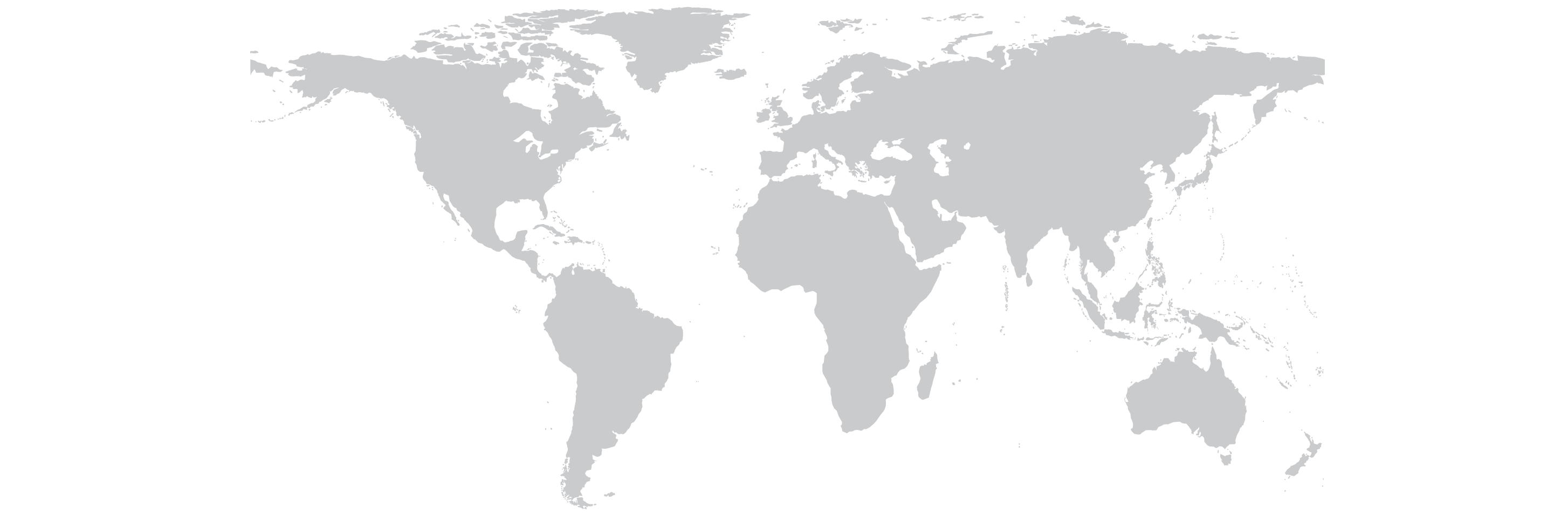
In 2021, our OpCos continued to work closely with third-party independent bodies, customers and local authorities to ensure compliance with standards, regulations and certifications to guarantee the consistent formulation and production of high-quality animal nutrition and fish and shrimp feeds.
Skretting OpCos are certified to a number of ISO standards which help us ensure that we have consistent quality systems and continuous improvement. We are also certified according to private standards that are important for our customers to gain market access. Below is an overview of certifications and compliance held by our OpCos.
Nutrace® is Skretting’s company-wide management programme that ensures feed-to-food quality and safety. All internal operations are audited, and all suppliers undergo a comprehensive evaluation and approval process to ensure premium-quality, renewable and responsibly managed resources. We conduct robust analyses of all approved raw materials - at delivery, throughout the formulation process, and up to the point of feed delivery.
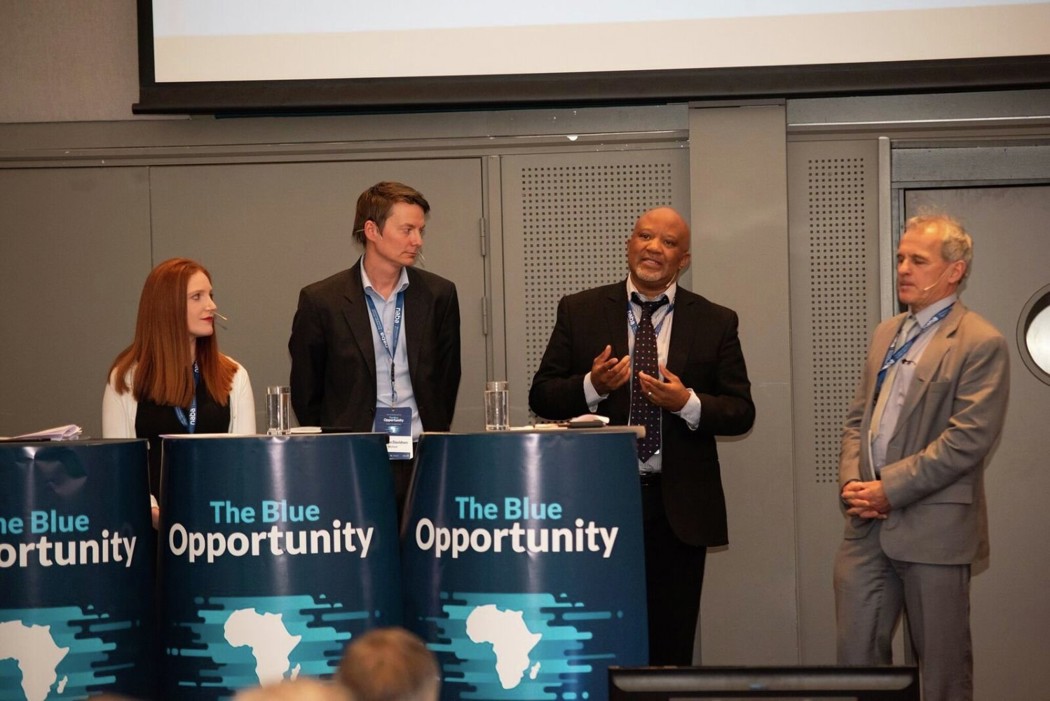
We believe that engaging with internal and external stakeholders is key to ensuring we invest the right focus and effort in continuous improvement and dealing with the complex issues that face the future of sustainable food.